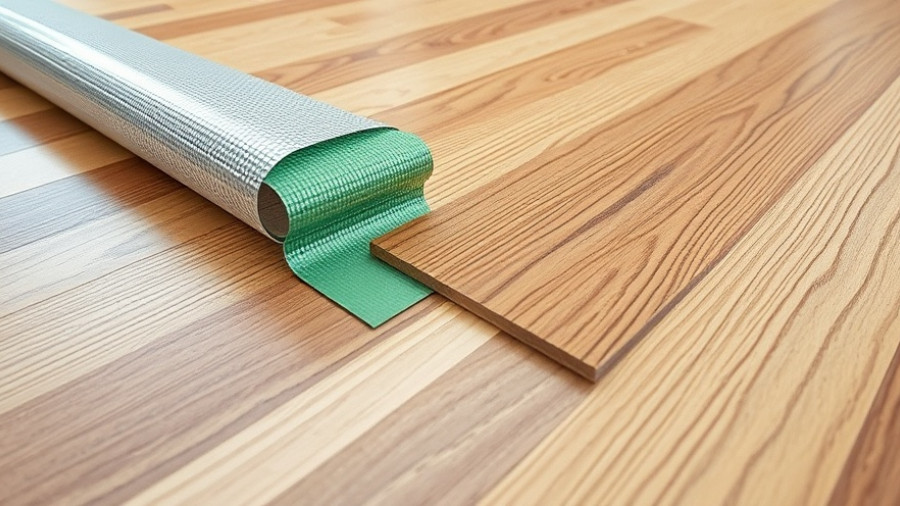
Choosing the Right Bathroom Drywall: A Comprehensive Guide
Are you standing at the crossroads of bathroom renovation, trying to decide what type of drywall is best for your space? With countless options available, selecting the right one can feel overwhelming. However, understanding the attributes of each type can make your decision much simpler.
Understanding the Importance of Moisture Resistance
Bathrooms are notorious for humidity and dampness, making moisture resistance a vital factor in choosing drywall. Some drywall types can withstand moisture effectively, ensuring longevity and preventing unpleasant mold growth. For homeowners embarking on DIY renovations, recognizing which products are suitable for high-moisture settings is crucial for sustainable home improvements.
The Top Types of Bathroom Drywall
Here, we’ll explore some of the leading drywall types suited for bathrooms:
1. White Board Drywall: As one of the most popular choices, white board drywall is commonly used in various areas of the home, especially bathrooms. Its moisture-resistant quality makes it a reliable option.
2. Blue Board Drywall: Known for its plaster backing, blue board offers enhanced water resistance. Given its versatility, it’s suitable for bathrooms as well as other areas in your home.
3. Green Board Drywall: While moisture-resistant, green board is not entirely waterproof. It can manage humidity well but should be used cautiously in bathrooms.
4. Purple Board Drywall: If you’re willing to invest a bit more, purple board provides superior moisture and mold resistance. Its waterproof properties make it an excellent choice for high-humidity areas.
5. Paperless Drywall: This option is increasingly favored due to its lack of paper, making it resistant to mold. Though often pricier, it’s a worthy investment for long-lasting durability.
6. Type X Drywall: Beyond moisture resistance, type X drywall also offers fire-resistant qualities. Its unique construction makes it a robust option for safety-conscious homeowners.
Insulation: A Key Step in Your Drywall Installation
Before diving into the actual installation of your chosen drywall, proper insulation is essential, especially if the bathroom is situated on an exterior wall. Opt for thicker insulation for cooler climates, while standard insulation is adequate in warmer regions. Don't overlook safety: wear a mask during the insulation process to safeguard against dust and irritants.
The Installation Process: Steps to Follow for Success
Once insulation is complete, installing drywall can begin:
- Measure and cut the drywall according to your space.
- Secure the drywall to wall studs with screws or nails, ensuring stability.
- Seal the seams using tape and joint compound, smoothing it out for a flawless finish.
- After drying, sand the area gently for an even surface.
Engaging in these steps can help you achieve a professional-looking bathroom remodel without the high costs associated with hiring contractors.
The Benefits of Choosing the Right Drywall
Understanding the different types of drywall and their respective advantages is not just about aesthetics; it also greatly affects the longevity and safety of your bathroom. Mold-resistant materials contribute to a healthier living environment, and investing in quality drywall can prevent costly repairs down the line. As a homeowner, it’s empowering to know that the choices you make in drywall selection can lead to a functional and beautiful bathroom.
Inspiration for Your Next Bathroom Renovation
As you prepare to embark on your bathroom improvement project, consider how the right materials will impact not just the look of your home but the overall quality of life it provides. Remember, renovations offer you the chance to create a space that reflects your personality while providing comfort and utility.
In conclusion, choosing the right type of drywall can significantly enhance your bathroom’s durability and aesthetic appeal. Be thoughtful in your selection, and don’t hesitate to invest in the right materials for your home. For more advice on home improvement, join our community for tips that help you create spaces you love. Add Row
Add Row  Add
Add 




Write A Comment